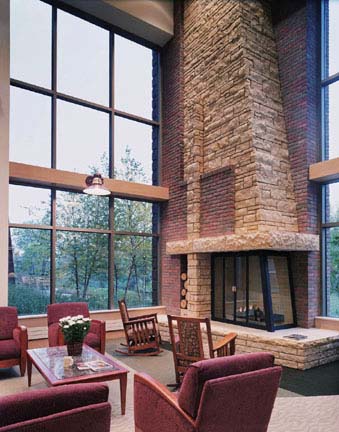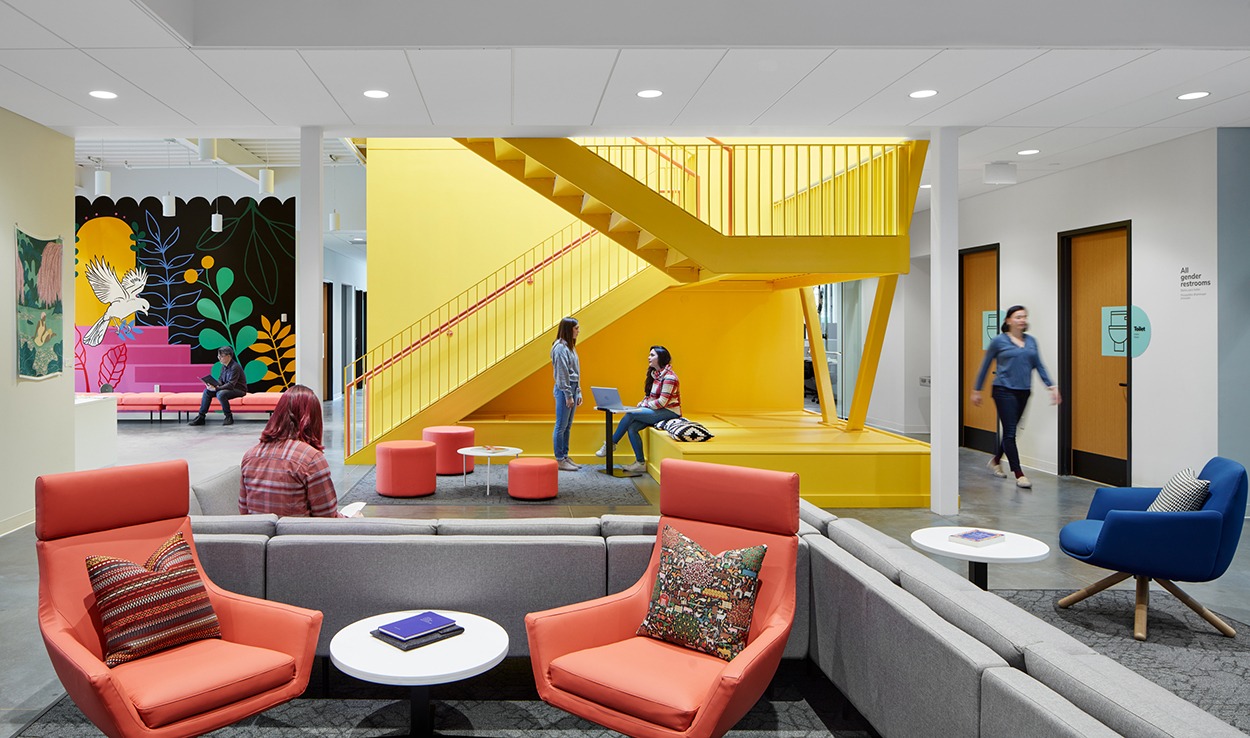 The design of the healthcare environment is under attack again -- this time by a couple of academics that studied whether improving the patient experience has any impact on readmission rates.
The design of the healthcare environment is under attack again -- this time by a couple of academics that studied whether improving the patient experience has any impact on readmission rates.
In an article published last week in the Harvard Business Review online, Management Science Professors Claire Senot and Aravind Chandrasekaran assert that amenities such as health spas, stone fireplaces, and five-star restaurant chefs have little or no impact on the patient experience as measured by HCAHPS surveys. Instead, according to their research, what matters most is improving the communication between patients and caregivers.
Well, who could argue with that?
But, what bothers me is that they didn't acknowledge that the design of the physical environment could contribute to improving the patient experience. Or that better food and the availability of physical therapies (now recognized by the Joint Commission as effective for pain management) also might affect how patients felt about their stay in the hospital.
And what about the design of the physical environment's affect on people's ability to communicate with each other?
As Susan E. Mazer, Ph.D., points out in a whitepaper she wrote about the impact of The C.A.R.E. Channel on HCAHPS, "...in a noisy environment, the tenor of dialogue tends to rise in volume and be strained. Further, the ability for an elderly person to comprehend what is being said to them, even if the language is simplified, remains highly compromised in a chaotic and cluttered auditory environment."
Do a search for "communication" on The Center for Health Design's research repository, and you'll find several studies that found links between the design of the physical environment and the quality of communication between patients and staff.
Now, I'm not dismissing the importance or validity of Senot and Chandrasekaran's research. In fact, it looks like a pretty good study.
But the reality is that everything impacts the patient experience. From the parking garage to the admissions clerk, room temperature, food, maintenance guy with the floor polisher, sounds and smells of the unit, and, of course, the doctor or nurse at the bedside. And so much more.
Let's at least just acknowledge that, okay?
P.S. Please do me a favor -- if you liked this post and like this blog, please share it with others by sending them the link and/or post it on your Twitter, LinkedIn, or Facebook, etc. Also, don't forget to subscribe, so you'll get emails when new content is posted. Thanks!






